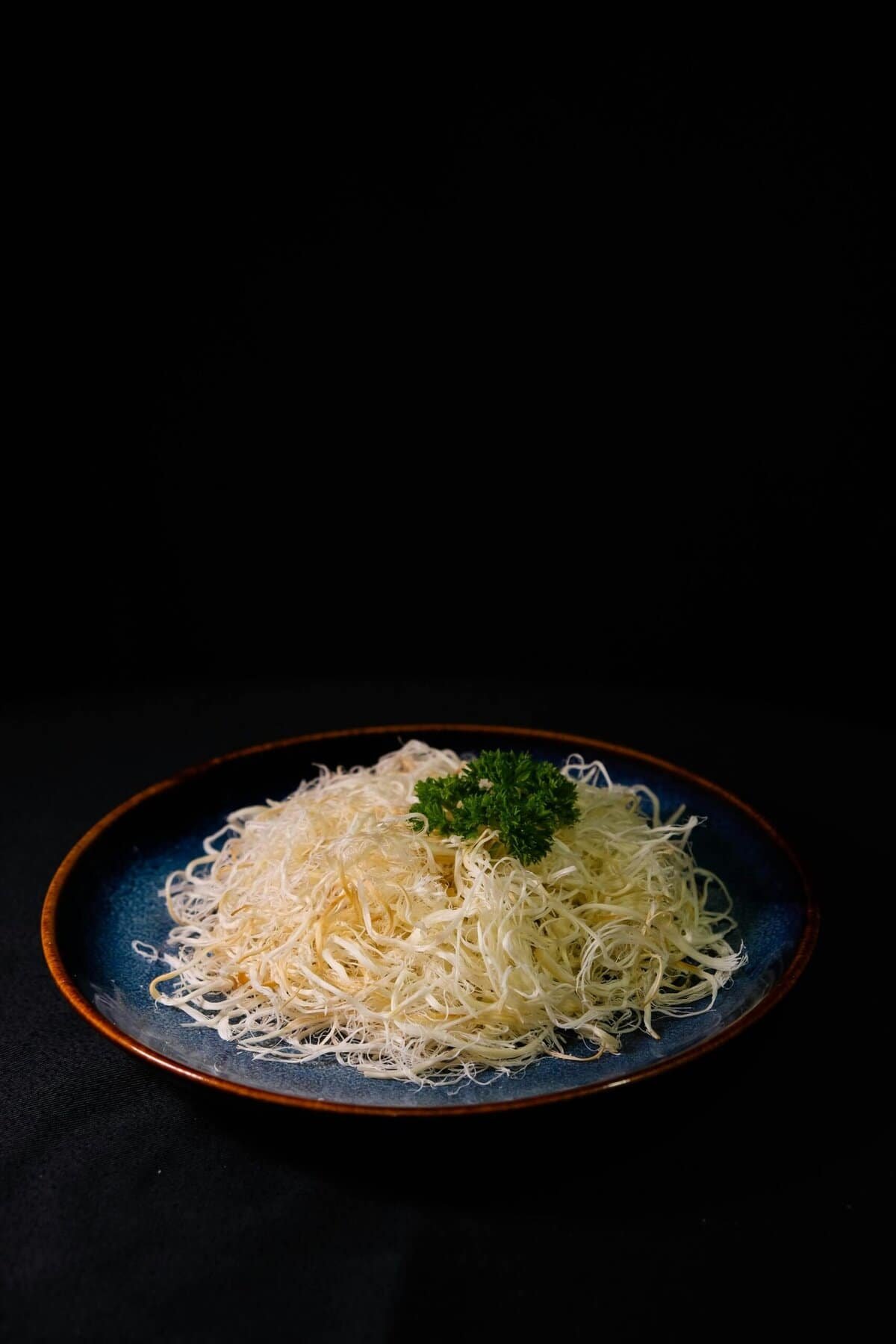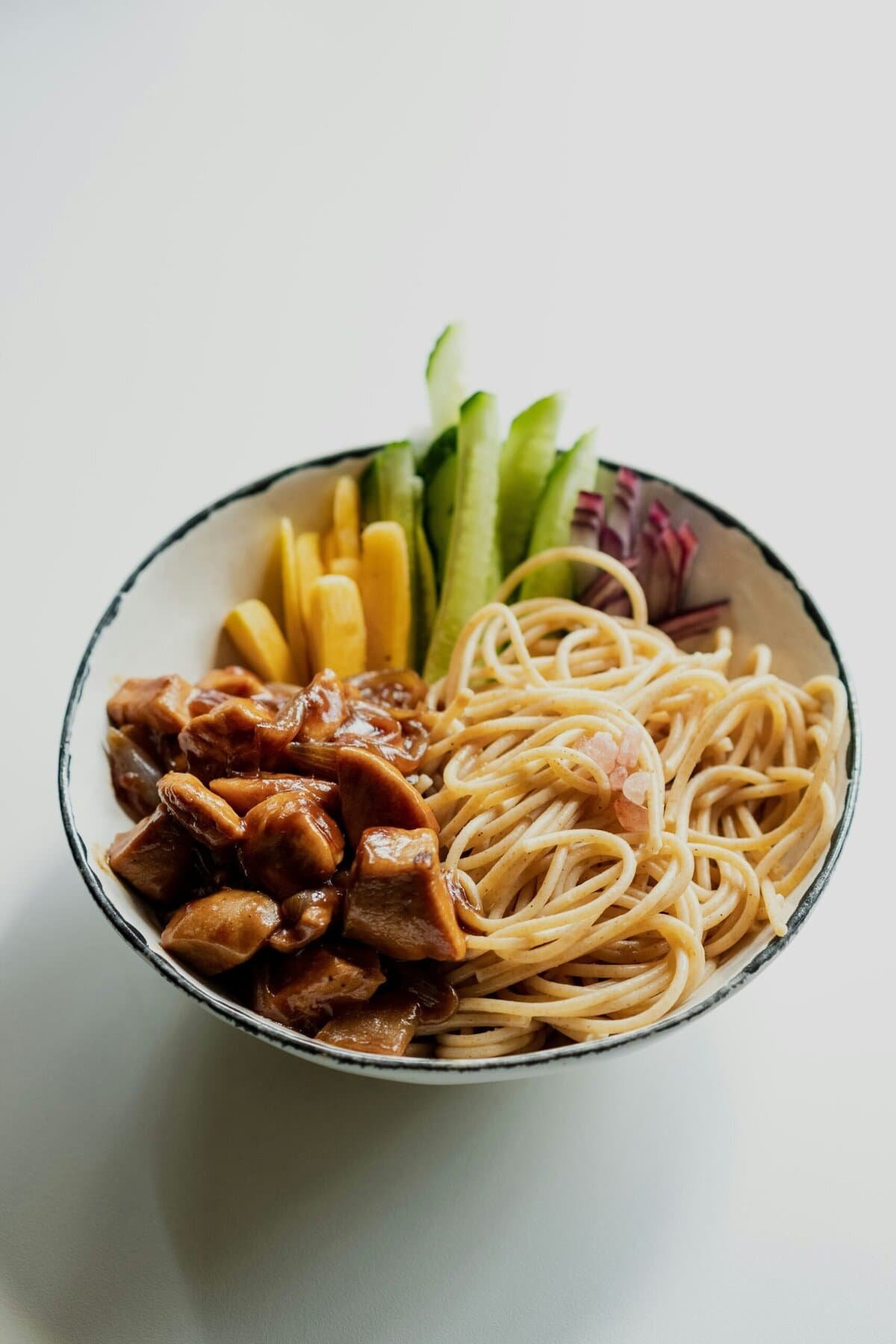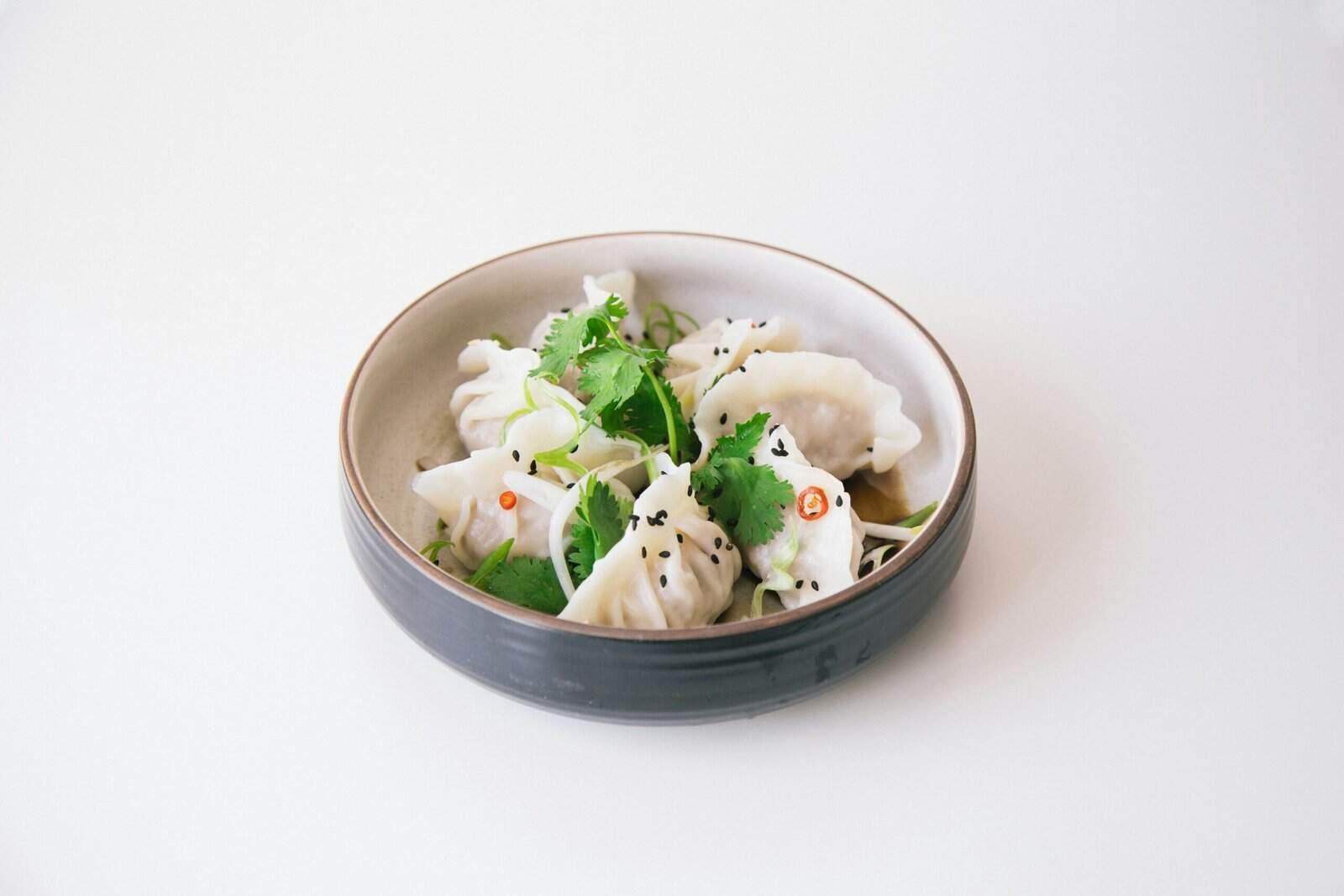Have you ever wondered how to incorporate more unique and healthy ingredients into your stir-fry, particularly nopal? If you’re exploring new culinary territories and looking to add nutritional variety to your meals, nopal might just be your new kitchen companion. It’s not only versatile but also packed with health benefits, making it a delightful addition to your recipe repertoire. So, let’s walk you through the art of integrating nopal into your stir-fry, ensuring you create a dish that’s both delicious and nutritious.
What is Nopal?
Nopal, often referred to as prickly pear cactus, is a defining ingredient in Mexican cuisine. It’s derived from the pads of the cactus plant and boasts a unique texture and flavor that contributes to a wide range of dishes. Rich in dietary fiber, antioxidants, vitamins, and minerals, nopal is known for its potential health benefits, including blood sugar regulation and anti-inflammatory properties. Let’s delve deeper into understanding this intriguing plant.
Characteristics of Nopal
Nopal pads are oval-shaped, with a slightly viscous texture similar to okra, making them a distinctive addition to any dish. When cooked, they exude a tart, citrus-like flavor, providing a refreshing contrast in savory dishes. The vibrant green color not only brightens up your plate but also signifies the freshness and nutritional value it adds to your stir-fry.
Nutritional Benefits of Nopal
Nopal is a powerhouse of nutrients. It is low in calories yet packed with vitamins A, C, and K, calcium, magnesium, and iron. Its high fiber content aids digestion and promotes a feeling of fullness. Moreover, the antioxidants found in nopal help combat oxidative stress, potentially reducing the risk of chronic diseases. Including nopal in your diet could be an excellent step towards healthier living.
Preparing Nopal for Cooking
Cooking with nopal begins with proper preparation. Here’s a step-by-step guide on preparing nopal pads for your stir-fry, ensuring that you get the best taste and texture out of this exquisite ingredient.
Cleaning and De-spining
Since nopal comes from a cactus, you’ll need to handle it carefully to remove the spines. Begin by wearing gloves to protect your hands. Use a sharp knife or a vegetable peeler to gently scrape and remove the spines and the brown spots on the surface. Rinse the pads under cold water to remove any remaining dirt and debris.
Slicing the Nopal
Once cleaned, slice the nopal pads into strips. You can cut them into cubes or julienne-style strips, depending on your preference and the consistency you desire in your stir-fry. Opt for uniform pieces to ensure even cooking.

Stir-frying Nopal
Now that your nopal is prepped, it’s time to incorporate it into a stir-fry. Cooking nopal in this manner is one of the simplest methods, allowing its natural flavors to shine through while complementing other ingredients of your choice.
Basic Nopal Stir-fry Recipe
Let’s start with a straightforward nopal stir-fry recipe that highlights its unique flavor while blending seamlessly with other vegetables and proteins. Here’s what you’ll need:
| Ingredient | Quantity |
|---|---|
| Nopal pads | 2-3 pads |
| Olive oil | 2 tablespoons |
| Garlic cloves | 2 cloves |
| Onion | 1 small |
| Bell pepper | 1 medium |
| Salt | To taste |
| Pepper | To taste |
| Lime juice | Optional |
- Heat olive oil in a large skillet over medium heat.
- Add sliced garlic and onions, sautéing until they become fragrant and translucent.
- Add the nopal strips, stirring occasionally, and cook for about 7-10 minutes.
- Introduce bell pepper slices and season with salt and pepper to taste.
- Cook for an additional 5 minutes until all the vegetables are tender.
- For a burst of freshness, add a squeeze of lime juice before serving.
Tips for Perfect Stir-fry
- Heat Control: Keep a consistent medium heat to allow the vegetables to cook evenly without burning.
- Avoid Overcrowding: Stir-frying is best done in small batches to ensure even cooking and authentic flavor development.
- Add Proteins: Consider adding proteins like chicken, beef, or tofu to make the dish more filling.
Variations and Additions
Once you’ve mastered the basic nopal stir-fry, the possibilities are endless. You can customize your stir-fry by experimenting with different ingredients and flavors that suit your palate.
Adding Proteins
Incorporating protein can turn your stir-fry into a complete meal. Here are a few suggestions:
- Chicken: Thin strips of chicken breast can be seasoned and added to your stir-fry for a filling option.
- Tofu: Opt for a plant-based alternative by cubing tofu and adding it to your stir-fry. Ensure it’s well-cooked for a pleasant texture.
- Shrimp: Add peeled and deveined shrimp for a seafood twist, cooking until they turn pink and opaque.
Experimenting with Vegetables
Create a symphony of colors and tastes by including additional vegetables:
- Zucchini: Adds a soft texture and mild flavor.
- Carrots: Provide a sweet crunch.
- Broccoli: Offers a hearty and nutrient-dense boost.
Flavor Enhancements
Spice up your dish with various seasonings and sauces:
- Soy Sauce: For a salty umami kick.
- Chili Flakes: Sprinkle for a touch of heat.
- Fresh Herbs: Cilantro, parsley, or basil can enhance freshness.

Exploring Nopal in Global Cuisines
While traditionally a staple in Mexican dishes, nopal is also embraced by other culinary cultures. Discover how nopal fits into various international recipes and broaden your culinary horizons.
Nopal in Mexican Cuisine
Nopal is often found in salads, tacos, and stews. A famous dish is “Nopalitos,” where nopal is sautéed with tomatoes, onions, and chilies, often served as a side or filling for tortillas.
Incorporating Nopal in Asian Recipes
To infuse nopal in Asian-inspired stir-fries, use soy sauce, ginger, and sesame oil. Pair it with ingredients like bok choy, snap peas, and bamboo shoots for a fusion experience.
Mediterranean Fusion
Combine nopal with olives, feta cheese, and oregano for a Mediterranean twist. This combination works well in a warm salad or a grain bowl, adding a unique flair to your meal.
Storing and Preserving Nopal
Maximize the shelf life and flavor of nopal by learning the best practices for storage and preservation. Proper handling ensures you can enjoy fresh nopal anytime you’re ready to cook.
Refrigeration
Once cleaned and prepared, place the nopal strips in an airtight container or a sealable bag. Store them in the refrigerator, where they can remain fresh for up to one week.
Freezing Nopal
For longer storage, consider freezing nopal. Blanch the strips in boiling water for a couple of minutes, then plunge them into ice water. Once cooled, pat them dry, and store them in a freezer-safe bag or container. Properly stored, they can last up to six months in the freezer.
Canning and Pickling
Canning or pickling nopal is another preservation method. Pickled nopal can be used as a tangy topping for sandwiches and salads. Be sure to follow safe canning practices to maintain quality and safety.

Conclusion
Experimenting with new ingredients like nopal not only expands your culinary skills but also enriches your diet. By learning how to cook nopal in a stir-fry, you’ve opened the door to endless possibilities and flavors. Enjoy the process and the satisfaction of creating dishes that tantalize both your taste buds and health.
You now have a new star ingredient in your kitchen – one that promises creativity, flavors, and nutrition. So, next time you’re in the mood for a stir-fry, try nopal and discover the delightful blend of tradition, health, and a touch of culinary innovation. Happy cooking!

